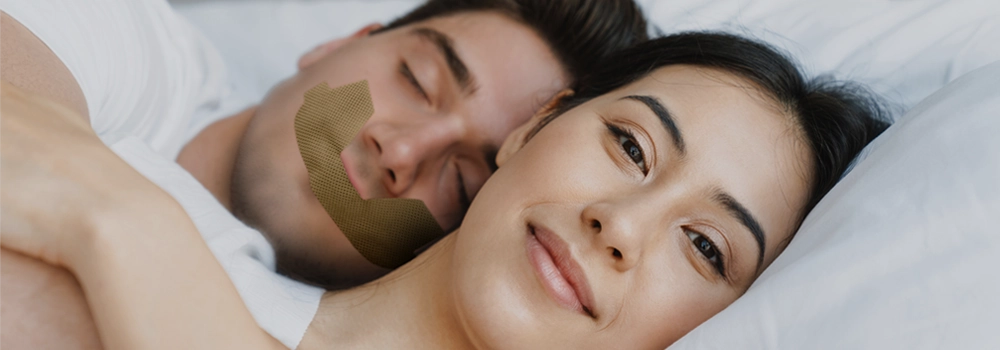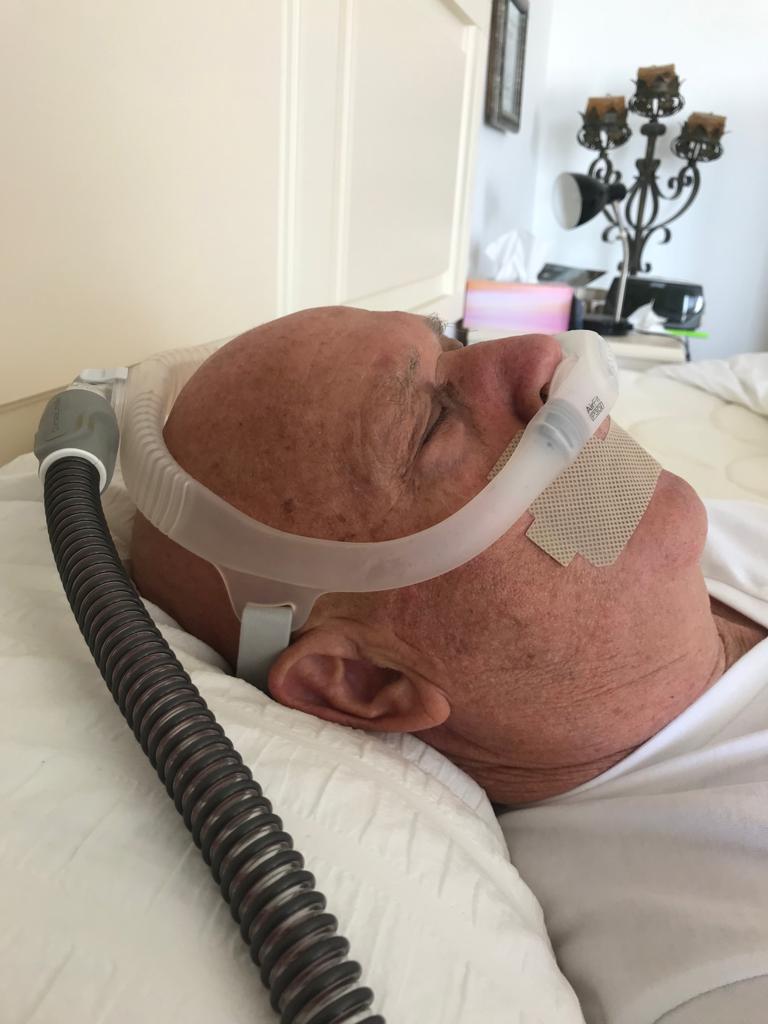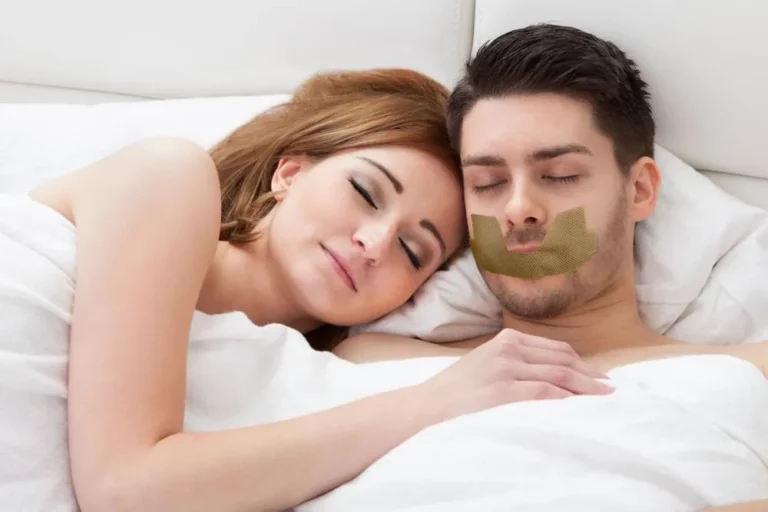Everything about mouth tape:
We often need to pay more attention to the most straightforward solutions in our quest for better sleep and overall health. One such solution is mouth taping, a practice gaining popularity for its potential to improve breathing during sleep and alleviate various issues related to snoring, sleep apnea, and oral health. But what exactly is mouth taping, and does it live up to the hype? In this comprehensive guide, we’ll explore everything you need to know about mouth tape, from its origins and benefits to potential risks and how to use it effectively.
The Origins of Mouth Taping:
Mouth taping is not a new concept; it has been used in various forms for centuries in different cultures. However, its modern application primarily centres around improving sleep quality and addressing issues related to breathing during sleep.
One of the earliest mentions of mouth taping for medical purposes dates back to ancient Egypt, where physicians used cloth or reeds to keep the mouth closed during surgery to prevent the ingestion of harmful substances and maintain a clear airway.
In recent years, mouth taping has gained attention in sleep medicine, particularly for individuals who experience mouth breathing during sleep, snoring, or sleep apnea. The idea is to encourage nasal breathing by keeping the mouth closed, which has numerous potential benefits for sleep quality and overall health.
The Benefits of Mouth Taping:
Mouth taping has garnered much attention for its potential benefits, but it’s essential to approach this practice with a balanced perspective. Here are some potential benefits associated with mouth taping:
- Improved Sleep Quality:
Nasal breathing is considered more efficient than mouth breathing during sleep. When you breathe through your nose, the air is filtered, humidified, and warmed before it reaches your lungs. It can lead to more restful and uninterrupted sleep, increased oxygen uptake and better oxygen utilization.
- Reduced Snoring:
Mouth taping can help reduce or eliminate snoring in individuals who snore primarily due to mouth breathing. By keeping the mouth closed, air is directed through the nose, often resulting in quieter and less disruptive sleep for the individual and their bed partner.
- Potential Help for Sleep Apnea:
In some cases, sleep apnea is aggravated by mouth breathing. While mouth taping alone may not be a standalone treatment for sleep apnea, it can complement other therapies, such as continuous positive airway pressure (CPAP) devices or lifestyle changes.
- Enhanced Oral Health:
Mouth taping may promote better oral health by reducing the likelihood of dry mouth. Dry mouth can lead to dental issues, including cavities and gum disease. By keeping the mouth closed and preventing excessive air from drying out the oral cavity, mouth taping can contribute to healthier teeth and gums.
- Cognitive Benefits:
Some proponents of mouth taping suggest that it can improve cognitive function, primarily by ensuring better brain oxygenation during sleep. While this idea is still subject to research and debate, there is anecdotal evidence of individuals experiencing increased mental clarity and alertness after using mouth tape during sleep.
- Increased Energy Levels:
Better sleep quality often translates into increased daytime energy levels. Individuals who consistently experience restful, uninterrupted sleep may be more awake, alert, and ready to face the day.
- Enhanced Athletic Performance:
Improved breathing can have a positive impact on physical performance. Athletes who practice nasal breathing report better endurance, quicker recovery, and improved overall performance.
Potential Risks and Considerations:
While mouth taping offers several potential benefits, it’s crucial to consider potential risks and limitations:
- Nasal Obstruction:
Mouth taping may be unsuitable for individuals with chronic nasal congestion or severe nasal obstruction. It’s essential to ensure that your nasal passages are clear before attempting mouth taping to avoid discomfort and potential breathing difficulties.
- Claustrophobia:
Some individuals may experience discomfort or anxiety when their mouth is taped shut. If you are prone to claustrophobia or anxiety-related breathing difficulties, you should exercise caution and discontinue the practice if you feel uneasy.
- Allergies and Sensitivities:
Mouth taping involves adhesive tape; some people may have skin sensitivities or allergies to certain adhesives. It’s essential to test the tape on a small area of your skin before using it on your lips to ensure you don’t have an adverse reaction.
- Oral Health:
While mouth taping can promote oral health by reducing dry mouth, it’s essential to maintain good oral hygiene practices, such as regular brushing and flossing. The tape should also be easy to remove without damaging your lips or leaving residue.
- Consultation with a Healthcare Professional:
Before starting mouth taping, consult with a healthcare professional or a sleep specialist, especially if you have underlying medical conditions. They can provide guidance tailored to your specific needs and concerns.
How to Use Mouth Tape Effectively:
If you’ve weighed the benefits and risks and decided to try mouth taping for better sleep, here’s a step-by-step guide to using mouth tape effectively:
- Choose the Right Tape:
Opt for a tape that is specifically designed for mouth taping. Medical-grade micropore tape or gentle adhesive tape is generally recommended. Avoid using duct tape or harsh adhesives, which irritate the skin and leave residue.
- Prepare Your Lips:
Before applying the tape, make sure your lips are clean and dry. Before taping, you should moisturize your lips with a lip balm to prevent your lips from becoming too dry during the night.
Cut a piece of tape long enough to cover your lips horizontally but not too wide. The goal is to close your mouth gently, not to create a tight seal. Place the tape on your lips, ensuring it’s secure but not overly tight. It should be easy to remove if needed.
- Practice:
Getting used to mouth taping may take some time, especially if you’ve been a chronic mouth breather. You can practice during the day to become more comfortable with the sensation of breathing through your nose with your mouth closed.
- Monitor Your Progress:
Keep a sleep journal to track your experience with mouth taping. Note any changes in sleep quality, snoring, or other breathing-related symptoms during sleep. It will help you assess whether mouth taping is beneficial for you.
- Seek Professional Guidance:
Consult a healthcare professional or sleep specialist for guidance if you have any concerns or experience discomfort while using mouth tape. They can help you make adjustments or explore alternative treatments if necessary.
While mouth taping may be a helpful addition to your sleep improvement toolkit, it should be approached as part of a holistic approach to sleep health. Incorporating good sleep hygiene practices, maintaining a consistent sleep schedule, and creating a sleep-conducive environment are essential to achieving restful and restorative sleep. If you have persistent sleep-related concerns, consulting with a healthcare professional or sleep specialist can provide tailored guidance to address your specific needs and optimize your sleep quality.







